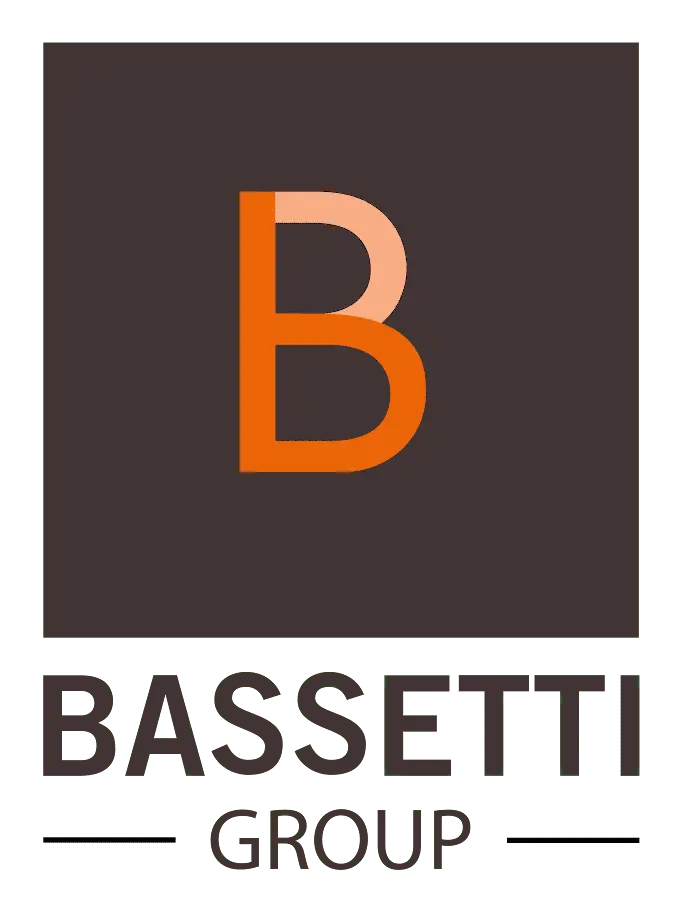
May 20th, 2025
11:00 a.m. Eastern (EDT)
8:00 a.m. Pacific (PDT)
5:00 p.m. European (CET)
what To expect during this REPLAY
Is your Quality Management System built on a solid foundation? ISO 9001 (§7.5 & §7.2) emphasizes two critical pillars: controlled documents and competent teams. Are you leveraging them to their full potential?
In this webinar you’ll discover:
- Unlock Clarity: Understand the core ISO 9001 requirements for competence and documentation.
- Maximize Your Document Power: Learn how to turn your quality and technical documents into strategic assets within an EDM system.
- Never Miss a Training Renewal: Effortlessly keep your team’s skills up-to-date and compliant.
- Seamless Document Control: Streamline versioning, archiving, distribution, and validation with customizable, e-signature-enabled workflows.
- Connect Your Quality Universe: See how to link documents and training to feedback, audits, projects, and even client interactions for a holistic view.
- Gain Actionable Insights: Generate clear metrics on EDM usage and training progress to drive continuous improvement.

